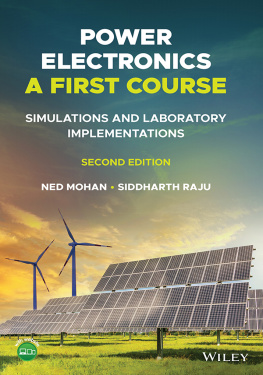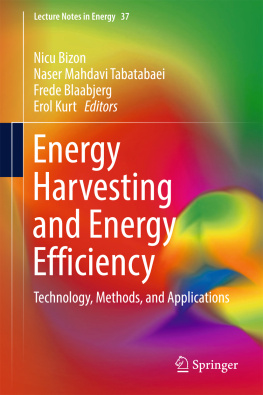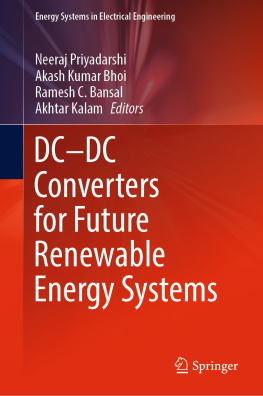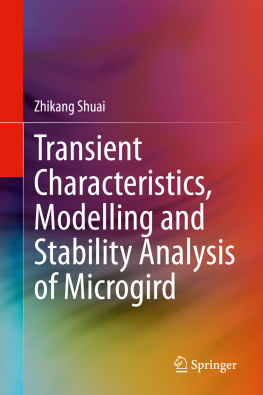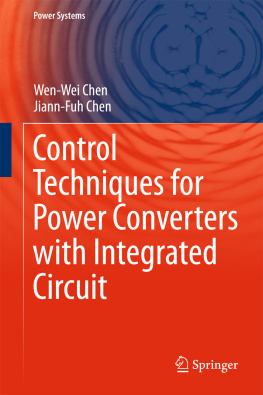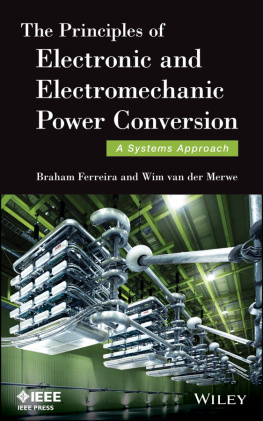Table of Contents
List of Figures
- Figures in Chapter 1
- Figures in Chapter 2
- Figures in Chapter 3
- Figures in Chapter 4
- Figures in Chapter 5
- Figures in Chapter 6
- Figures in Chapter 7
- Figures in Chapter 8
- Figures in Chapter 9
- Figures in Chapter 10
- Figures in Chapter 11
- Figures in Chapter 12
- Figures in Chapter 13
- Figures in Chapter 14
- Figures in Chapter 15
- Figures in Chapter 16
- Figures in Chapter 17
- Figures in Chapter 18
- Figures in Chapter 19
- Figures in Chapter 20
- Figures in Chapter 21
- Figures in Chapter 22
List of Tables
- Tables in Chapter 1
- Tables in Chapter 2
- Tables in Chapter 3
- Tables in Chapter 4
- Tables in Chapter 5
- Tables in Chapter 6
- Tables in Chapter 7
- Tables in Chapter 8
- Tables in Chapter 9
- Tables in Chapter 10
- Tables in Chapter 11
- Tables in Chapter 12
- Tables in Chapter 13
- Tables in Chapter 15
- Tables in Chapter 16
- Tables in Chapter 17
- Tables in Chapter 18
- Tables in Chapter 19
- Tables in Chapter 20
- Tables in Chapter 21
- Tables in Chapter 22
Landmarks
Control of Power Electronic Converters and Systems
Volume 3
Table of Contents
Copyright
Academic Press is an imprint of Elsevier
125 London Wall, London EC2Y 5AS, United Kingdom
525 B Street, Suite 1650, San Diego, CA 92101, United States
50 Hampshire Street, 5th Floor, Cambridge, MA 02139, United States
The Boulevard, Langford Lane, Kidlington, Oxford OX5 1GB, United Kingdom
Copyright 2021 Elsevier Ltd. All rights reserved
No part of this publication may be reproduced or transmitted in any form or by any means, electronic or mechanical, including photocopying, recording, or any information storage and retrieval system, without permission in writing from the publisher. Details on how to seek permission, further information about the Publishers permissions policies and our arrangements with organizations such as the Copyright Clearance Center and the Copyright Licensing Agency, can be found at our website: www.elsevier.com/permissions.
This book and the individual contributions contained in it are protected under copyright by the Publisher (other than as may be noted herein).
Notices
Knowledge and best practice in this field are constantly changing. As new research and experience broaden our understanding, changes in research methods, professional practices, or medical treatment may become necessary.
Practitioners and researchers must always rely on their own experience and knowledge in evaluating and using any information, methods, compounds, or experiments described herein. In using such information or methods they should be mindful of their own safety and the safety of others, including parties for whom they have a professional responsibility.
To the fullest extent of the law, neither the Publisher nor the authors, contributors, or editors, assume any liability for any injury and/or damage to persons or property as a matter of products liability, negligence or otherwise, or from any use or operation of any methods, products, instructions, or ideas contained in the material herein.
Library of Congress Cataloging-in-Publication Data
A catalog record for this book is available from the Library of Congress
British Library Cataloguing-in-Publication Data
A catalogue record for this book is available from the British Library
ISBN: 978-0-12-819432-4
For information on all Academic Press publications visit our website at https://www.elsevier.com/books-and-journals
Publisher: Brian Romer
Acquisitions Editor: Lisa Reading
Editorial Project Manager: Joshua Mearns
Production Project Manager: Sojan P. Pazhayattil
Cover Designer: Greg Harris
Typeset by TNQ Technologies

Preface
In 2018 I published two volumes in my edited book series Control of Power Electronic Converters and Systems, which have been very well received by society. Now, 3 years later, it is very clear that such a broad topic has become more and more important as the world has acknowledged the fact that carbon emission from energy consumption is a major contribution to global warming. Countries all over the world have already specified dedicated goals of 2030 and 2050 for carbon emission reduction. One of the important technologies is renewable generation because this technology leaves only the slightest of carbon footprints when electrical power is generated. Further concerns are that more electricity is needed to fuel the heavy transportation sector, to make the energy chain more efficient, and to deal with more seasonal-based power generation. These include different levels and sizes of storage as well as performing energy vector coupling to make modern society operate with a safe energy supply. The outcome of all this is that power electronics technology will be increasingly needed to control energy/power throughout the energy chain and different kinds of control are unavoidable.
In general, my preference for control technology is to keep it as simple as possible to solve a necessary problem. However, we are now seeing more advanced control methodologies coming into play in industrial applications, which offer a lot of added value. As a consequence, I decided to edit a Volume 3 in the series Control of Power Electronic Converters and Systems, which explores emerging topics in the control of power electronics and converters in different applications, which are all important in the energy transition we are now facing. The book covers the theory behind control, but also practical implementation and operation, which are always important. What is also evident is that in the power grid, controller interactions exist due to increasing renewable energy penetration in the power system and challenges with stability and power quality are beginning to appear. So, in this book, with contributions from all over the world, the focus is on small scale to large scale renewable generation. Also under scrutiny are terminal behavior at the connection to the grid and how to ensure better performance. I have also decided to cover a few important applications seen from a load perspective, which can also be used to control the grid.
I will like to thank all my colleagues who worked with me on this book, as well as the contributions from outside Aalborg University. I would also like thank the Villum Fonden for supporting my research as a Villum investigator through the project Reliable Power Electronic-based Power System. Such support is important to be able to realize a book like this.
Frede Blaabjerg
Aalborg University
March 2021


